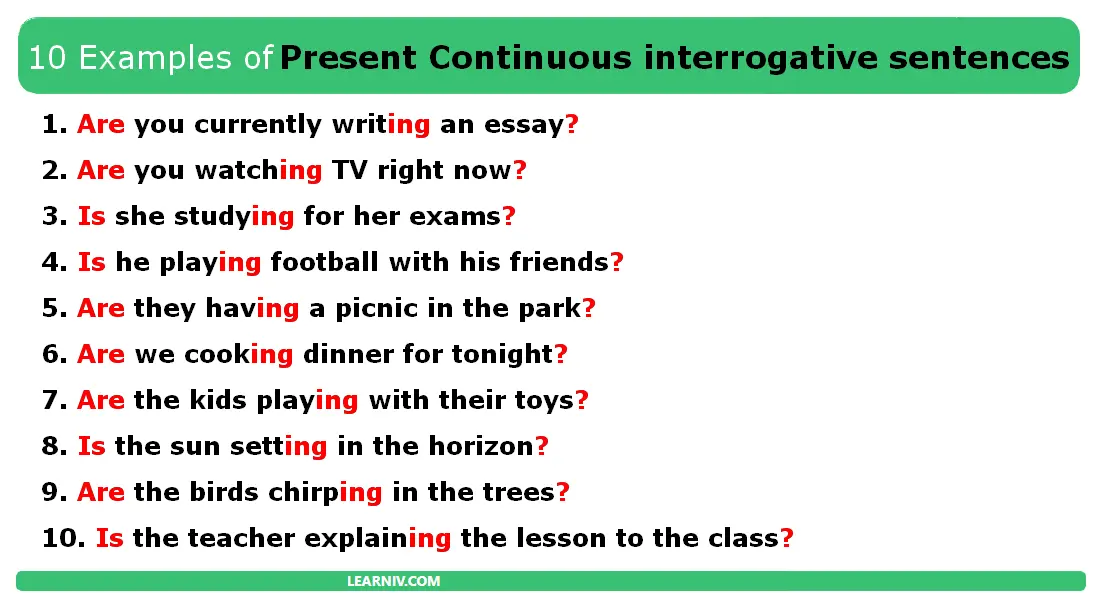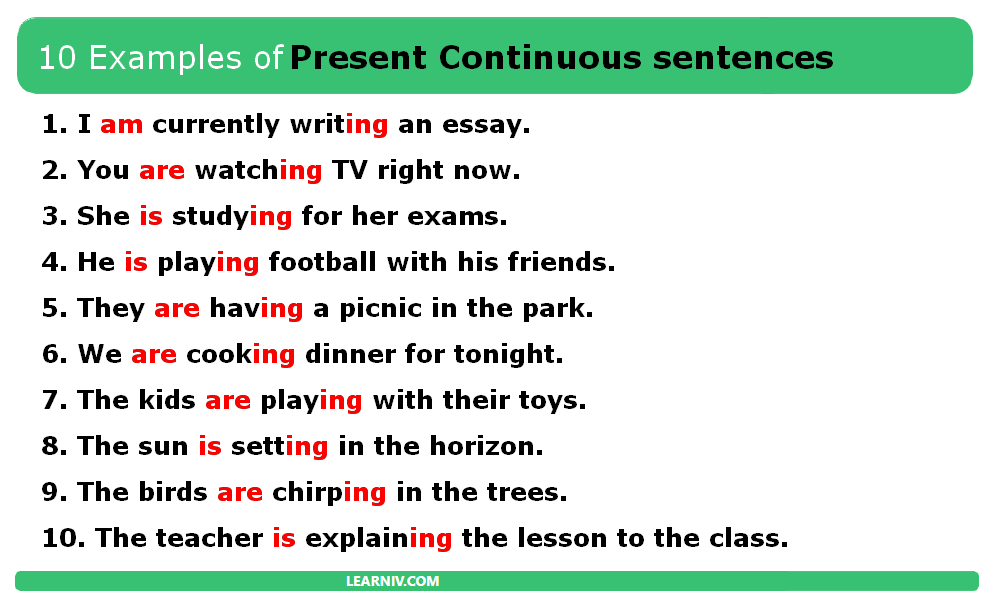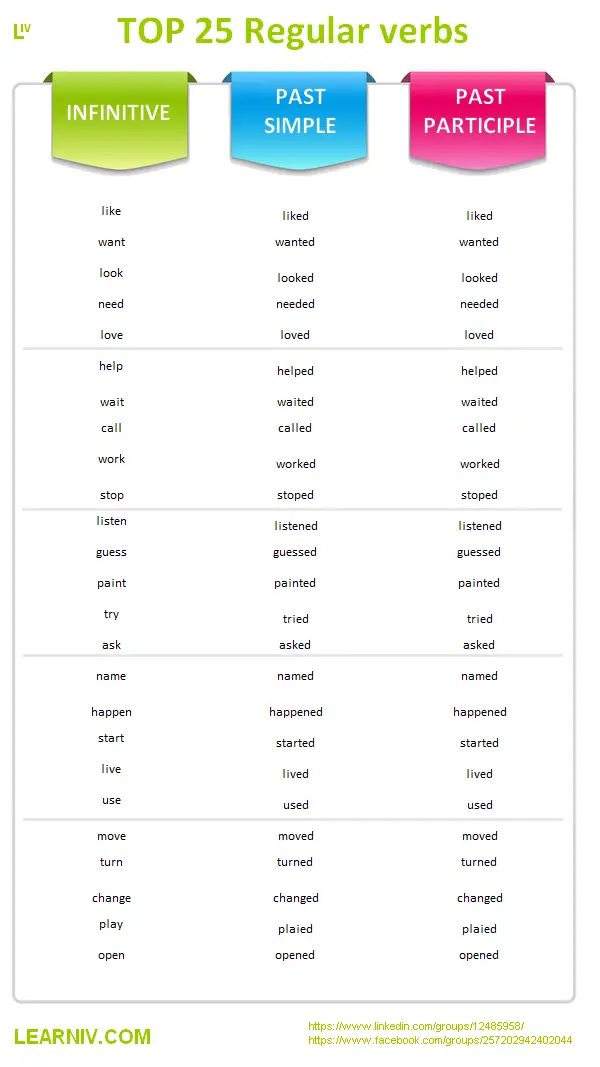The present simple tense describes routine actions or facts, while the present continuous tense describes actions in progress or temporary situations happening at the time of speaking. In this article we describe the details Present simple The present simple tense is used to describe routine, habit, fact, and general truths. It is also used to… Continue reading Present Simple and Present Continuous (progressive) – differences
Present Simple and Present Continuous (progressive) – differences
10/10 - (1 vote)







